Purchase and Inventory Management System
Features
Dashboard
The dashboard displays top vendors, most utilized inventory, total vendors and items, along with lifetime purchases and utilization.
Utilization
Utilization involves adding to the utilization list and managing the return list to track and optimize the use of assets effectively.
Operations
Operations involve managing purchase orders, handling purchase returns, and tracking asset transfers to ensure smooth and efficient procurement and asset management processes.
Inventory Management
Inventory management includes categorizing items, managing detailed records for each item, and overseeing vendor data to streamline procurement and tracking.
Reports
Reports include Stock Alert, Actual vs. Consumed, Utilization, Bin-Wise Inventory, Stock by Location, Purchase, and Location-Wise reports.
Setup
Setup involves configuring users, locations, tax rates, and maintaining a system user audit log to ensure effective management and security.
Purchases
Purchases cover planning, requisitions, quotes, receiving slips, vendor evaluation, and material returns.
Stock Management
Stock management involves generating detailed stock reports and monitoring item utilization to ensure optimal inventory levels and efficient use of resources.
Benefits
- Automated processes that free up management
- Enhanced sharing of information and collaboration
- Data is kept up –to-date
- Reduced licensing expenses
- Customizable Interface
- Automated Calculations

- P2P optimization
- Reduced life cycle of purchase orders
- Cost Saving
- Improve spend and control security
- Supply Chain optimization
- Invoicing connecting and optimization
